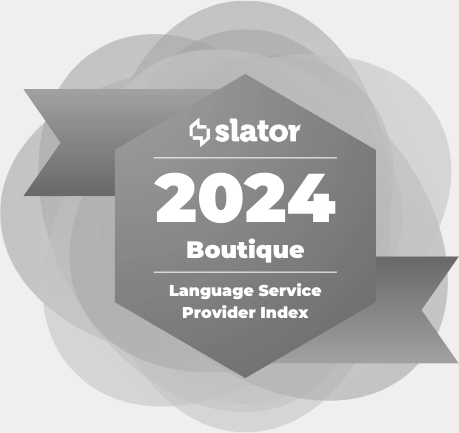Customer Experience, Holidays and Localization
With more than $120 billion in online holiday shopping anticipated this year, engaging customers and maintaining a strong consumer experience starts with speaking to them in their own language. This is called localization: adapting a product or content to meet the language, cultural, political and legal differences of a foreign market or country.
Ensuring your website is localized can make a critical first impression with customers that can influence their buying behavior.
According to a survey by the Common Sense Advisory (CSA), consumers have a substantial preference to websites in their native language. In addition, CSA recently noted that it required 14 languages in 2017 to reach 90 percent of the internet-accessible GDP (eGDP), and 52 languages to reach 99 percent of the eGDP. The number of required languages to reach online consumers is anticipated to increase over time.
It is critical to get your website localization correct. In the spirit of the holidays, following are five steps to take before localizing your website:
Know Your Location: Confirm the geographic locations for which you want to localize. Specify not only which language but which countries/areas you are targeting prior to moving forward with localization. (For example, Spanish and French are both languages that are spoken in many different areas of the world – with important differences in usage based on location.) It is important to conduct local market research in the target country to confirm there is a demand for your business.
Know Your Keywords: Create a list of keywords to be localized. In order to help with Search Engine Optimization (SEO) efforts, localizing keywords allows a company to optimize content with the most effective language for the local market.
Anticipate Potential Changes: Consider what changes may be needed to optimize landing pages, including location-specific graphics and highlighting content that pertains to the local market.
Consider Social Media: Most websites selling products and services encourage customers to share their purchases throughout their social media networks. Now is the time to research which social media sharing tools are popular in each target country, so that they can be featured.
Consider Your Content Management System (CMS): Make sure that you are utilizing a website CMS that supports multilingual content – a factor that is often overlooked. Full coding support is needed in order to ensure that any language can be displayed, edited, and manipulated easily in the CMS environment. This is important not only for displaying double-byte character set languages such as Chinese and non-Roman scripts such as Russian and Arabic, but also for accented letters, right-to-left text and internationally friendly forms. The CMS must also be able to manage different date, time, calendar, and number/currency conventions.
Localizing your website and app software is essential in today’s global marketplace, and is a process that should be implemented with care. Taking these steps at the outset will help to ensure that your localization project is successful, and open your market to the global community. Happy holidays!




